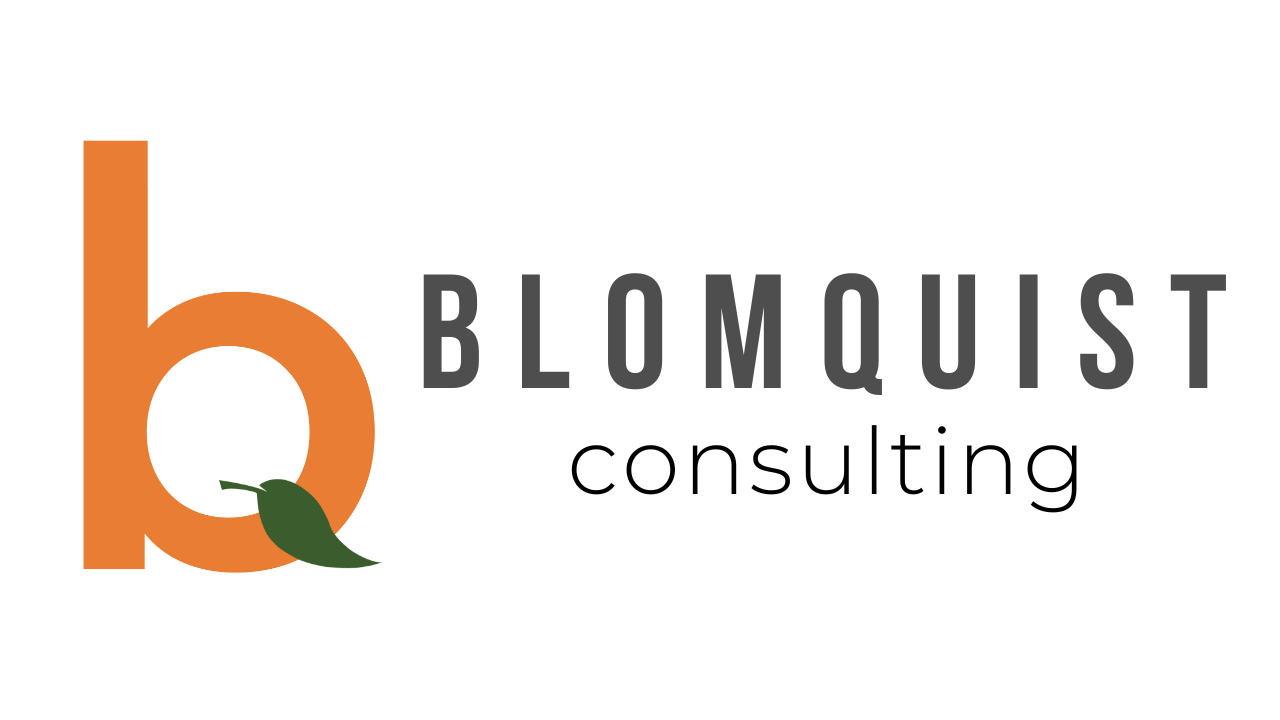Essential Elements that Attract and Retain Top Talent
Building an Employer Brand is a critical part of a company’s overall talent strategy and has never been more important as organizations work to attract and retain top talent in today’s hiring environment. As defined by SHRM, “An employer brand is what an organization communicates as its identity to both potential and current employees. Closely linked with the employee value proposition (EVP), the employer brand incorporates an organization’s mission, values, culture, and personality.”
With hiring teams receiving more applications per open position than ever before, an employer brand is no longer a “nice-to-have.” Instead, an essential aspect of the talent acquisition process. A well-developed employer brand attracts applicants with aligned values and lessens the volume to review for hiring teams.
In this article, we discuss the essential elements to include when building an employer brand to attract and retain top talent.
Start with a Foundation of Data
The first step in building an employer brand is evaluating the current employee experience. If what you find is less than optimal, work on current practices first. In order to build an effective and authentic employer brand, the effort must be grounded in research. Your employer brand should reflect the realities of the employment experience of your organization. Start by gathering information on the perceptions and experiences of current employees.
To build an accurate narrative of the employer-employee relationship at your organization, engage employees in data collection. Gather their feedback on “give and get” elements and areas they feel the company has fallen short. Ask what they like most about being employed by the organization. In addition to internal information, utilize external sources such as social media and reputation monitoring firms. It is vital to use internal and external data as the foundation for building an employer brand.
Focus on Candidate Experience
A positive candidate experience is critical to attracting skilled talent. Organizations must manage the fact that the hiring process is also the employee’s first impression of the company.
To ensure a positive candidate experience, transparency in the hiring process is essential. Candidates should know the estimated timeline and expected steps of each stage. While hard-to-fill roles naturally have longer timelines, consider eliminating unnecessary stages. If the hiring process is too long, organizations risk losing the best candidates to other companies.
Similar to considering eliminating unnecessary stages of the hiring process, evaluate interview and application questions. Ask yourself if those questions really matter for the role. Consider utilizing competency questionnaires to evaluate technical skills. Then, prioritize interview questions for more complex topics.
Lastly, ensure that the employer brand comes through during the hiring process. Organizations that invest in employer branding are three times more likely to make a quality hire. While it is a continuous and complex process, a good employer brand helps attract and engage better candidates.
Dive into the Current Employee Experience
When assessing a role or organization, all applicants inevitably ask, “Is this work worth the effort?” Employers can set high expectations and demand hard work, so long as employees feel adequately rewarded. When organizations reward employees in a way that aligns with their personal and professional goals, both the organization and the workforce can grow together.
Whether starting from scratch or strengthening your current employer brand, these attributes and messaging should be communicated often to current employees. Current employees shape an organization’s work culture, personify values, achieve objectives, and manifest the company’s mission. Encourage employees to share their experiences on social media. Leverage your careers page as a location for celebrating accomplishments and offering a behind-the-scenes look into life at the company.
Develop a Strong EVP
Your employer value proposition (EVP) should clearly define the “give and get” relationship between employees and their employer. The employee experience is ultimately what they are “getting” for the time and effort they “give” the company. The EVP sets clear expectations for performance and behavior and communicates how staff are rewarded in return.
To develop a strong EVP that attracts the talent profiles best for your organization’s objectives, rely on your company’s unique attributes and core values. By understanding the organization’s core vision, values, and objectives, it becomes easier to define the type of talent needed to reach those goals.
Then, utilize storytelling to further describe the employee-employer exchange of your EVP. Paint a picture of the day-to-day life of your employees and how their contributions uphold the corporate values of your organization. Your EVP should align with your overarching consumer brand, but speak directly to candidates and current employees.
Be Proactive
The employer brand is impacted by more than current practices and employees. There are external factors that must be managed proactively too, it isn’t entirely owned and operated by marketing, HR, or C Suite departments.
Most candidates will explore employee profiles and company reviews after learning about a potential role opportunity. Encourage team members to update their online profiles to reflect the attributes of your employer brand and to share their experiences via reviews or virtual networking.
Many organizations with renowned employer brands have invested in building a robust alumni network. As described by Bryan Adams of HBR, “Much as satisfied customers often make the best salespeople, satisfied current and former employees can be an invaluable source of candidate referrals.” There is no PR or marketing equivalent on the market of a vocal, loyal alumni network that enthusiastically endorses their time at an organization.
What Will You Decide?
While many of the factors people base their career decisions on are out of an organization’s control, cultivating an employer brand is not. Gather data on the current employee experience, align your EVP with the organization’s identity, and proactively manage the factors that impact your employer brand.
In order to stand out in today’s ultra-competitive hiring environment, companies must invest adequate time and resources to develop an accurate and authentic employer brand. Consider utilizing an expert when building an employer brand to ensure optimal adoption among current employees and maximize effectiveness in the talent market.



